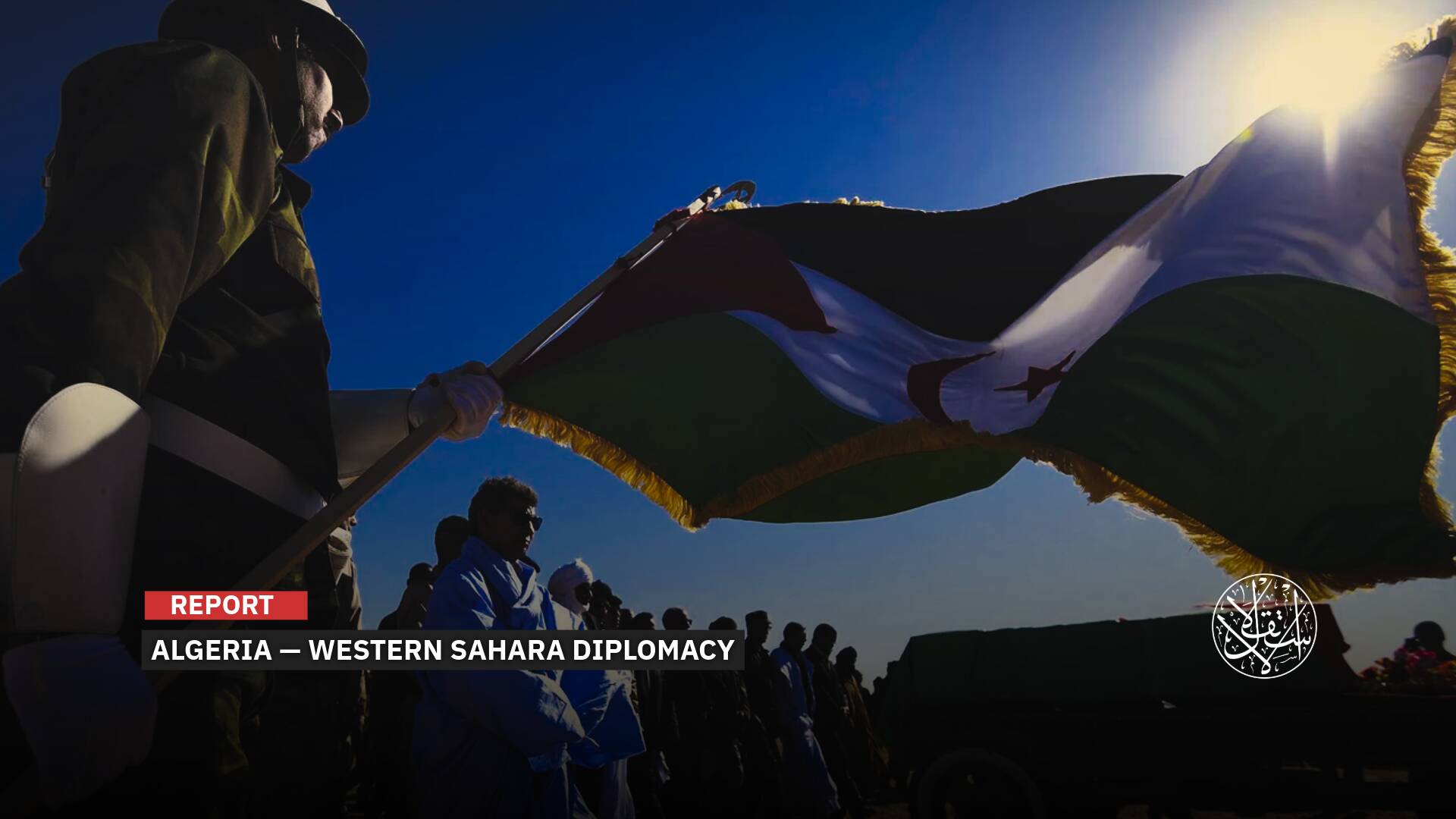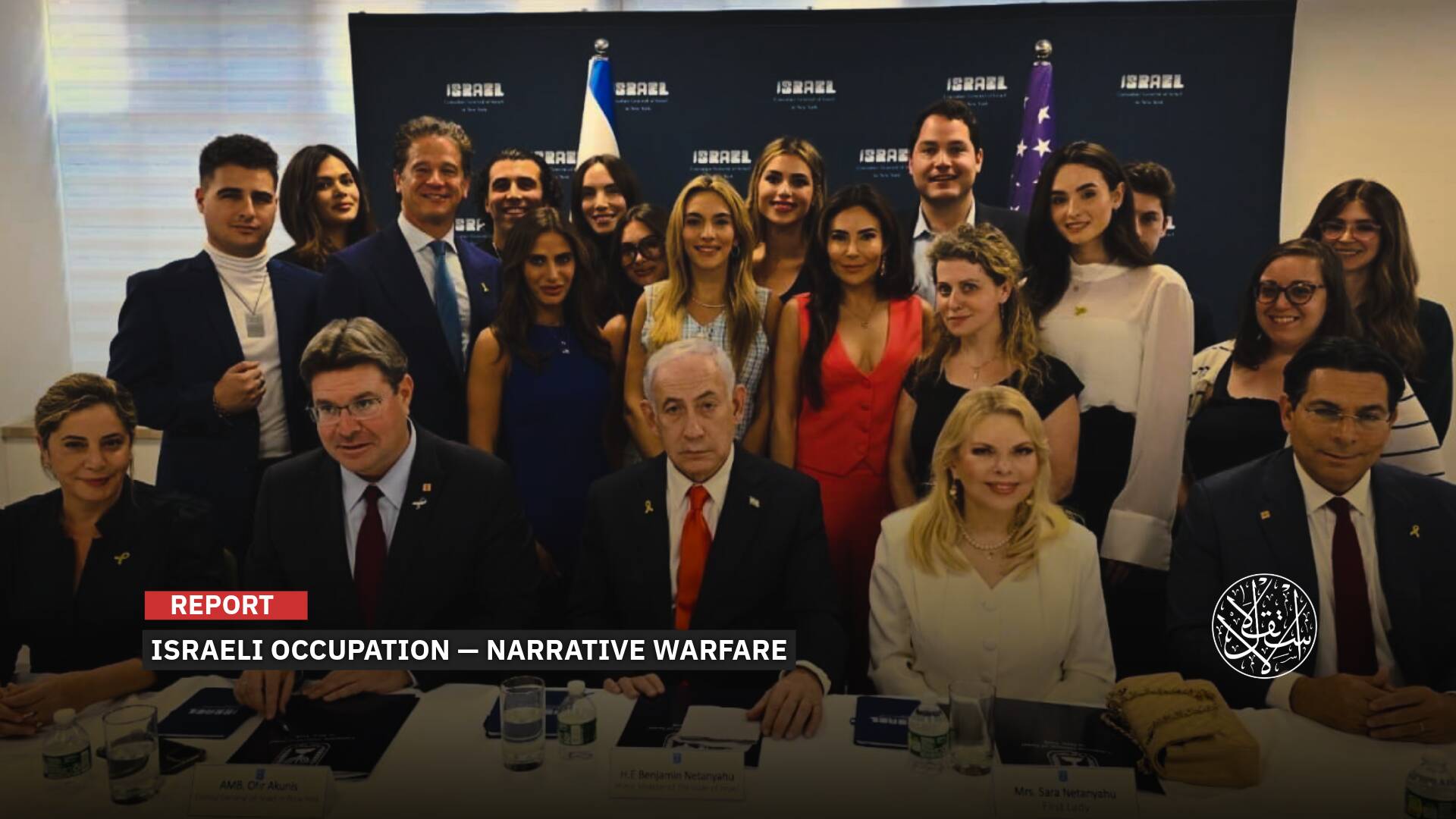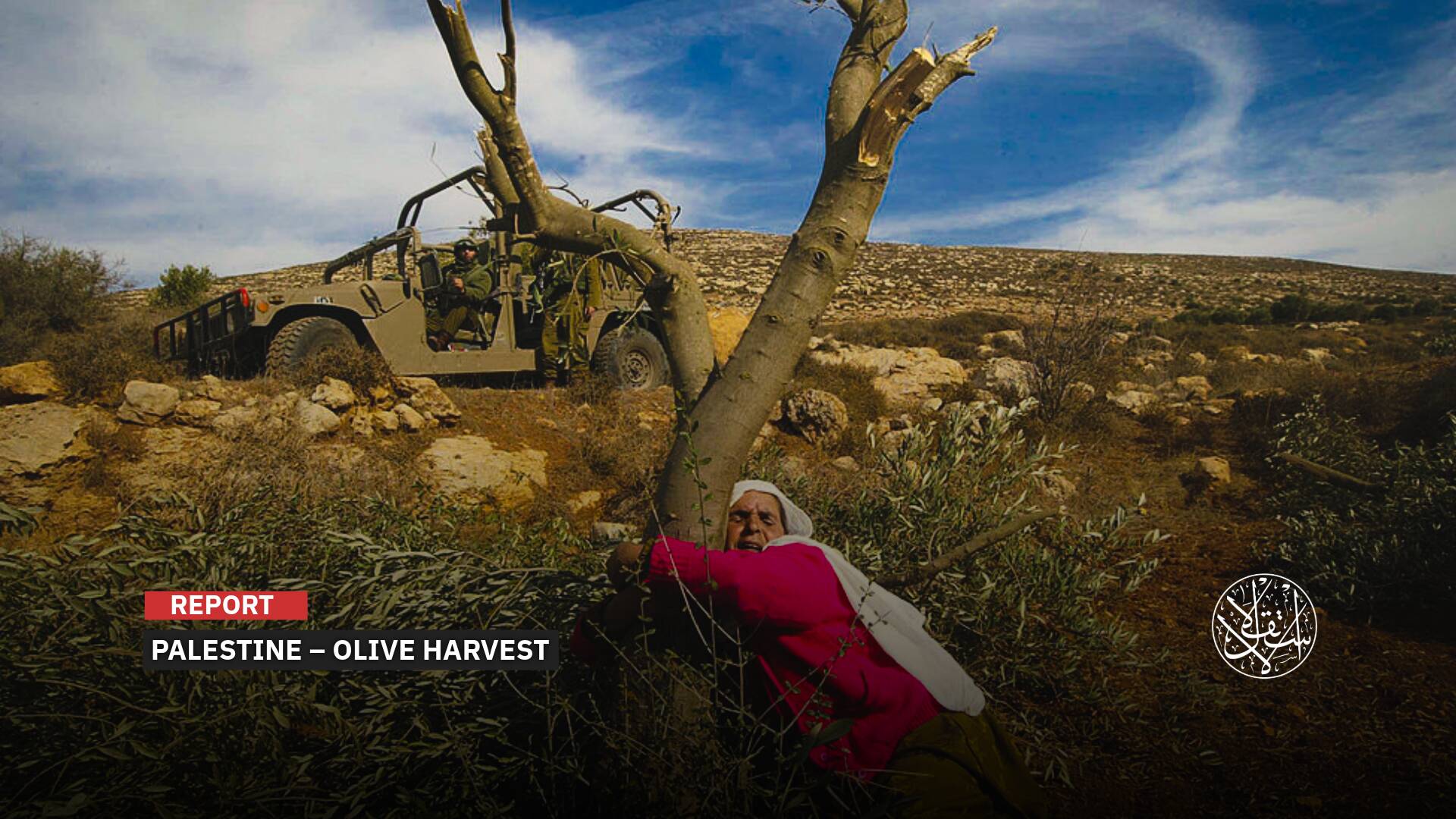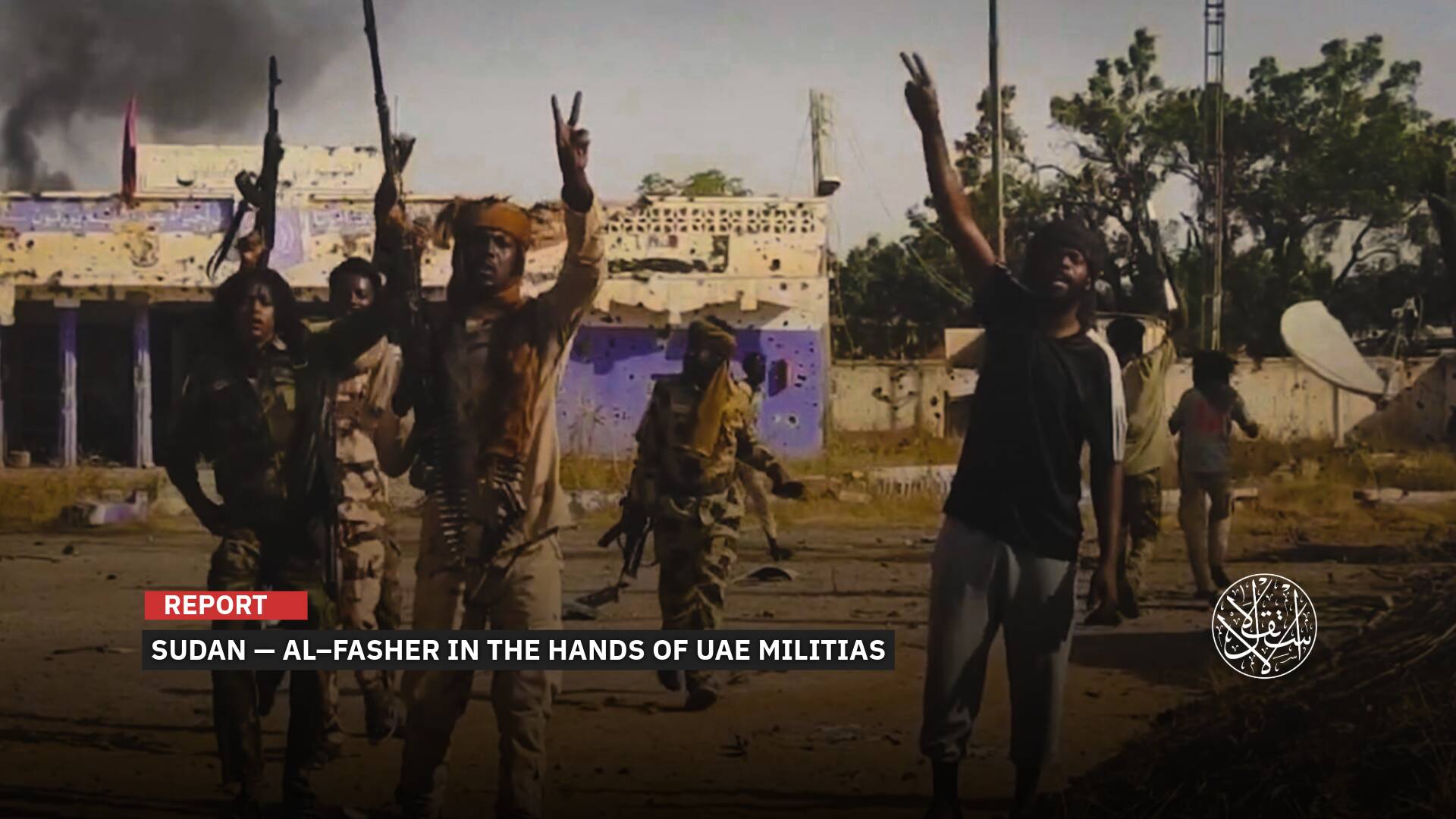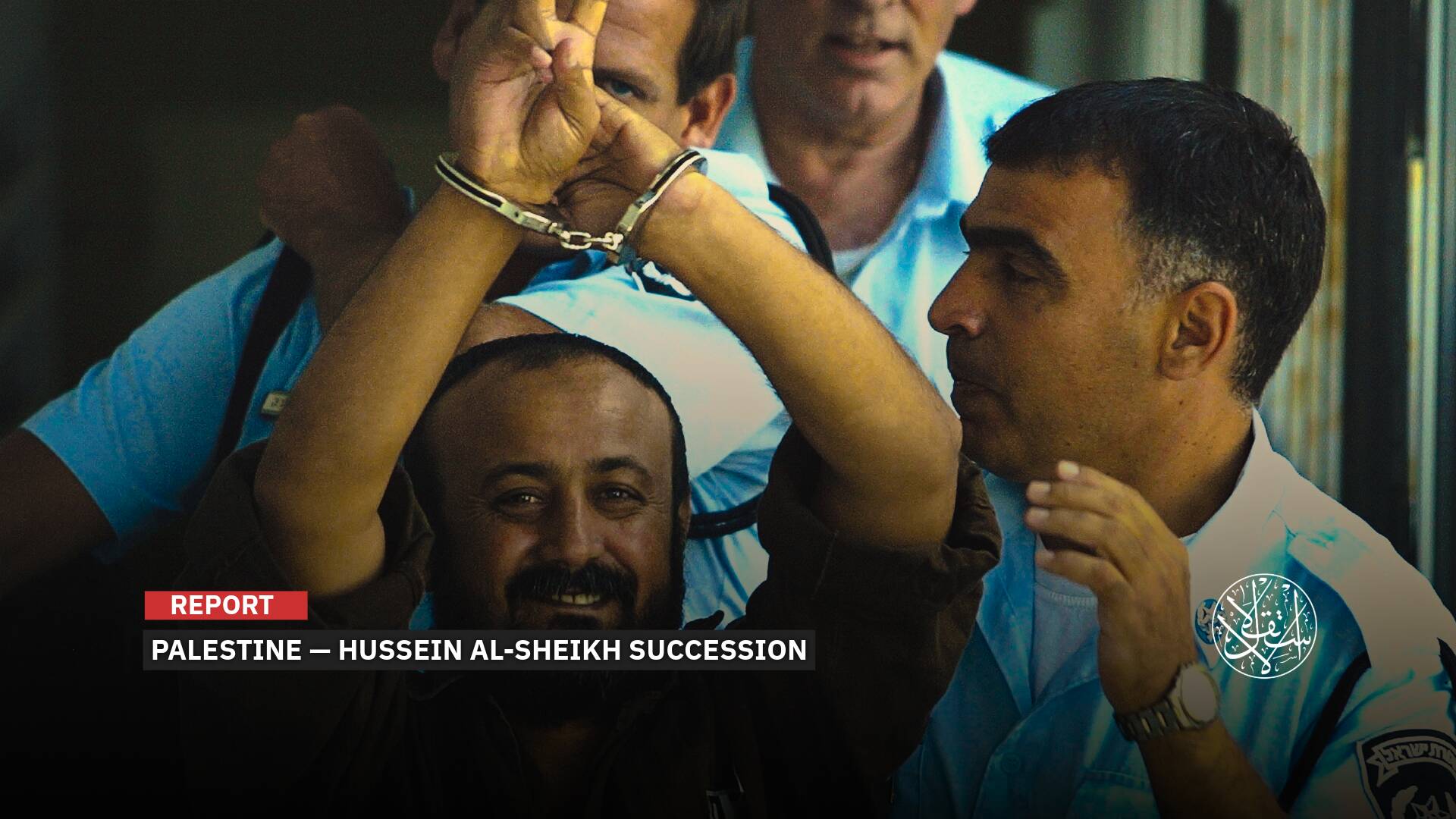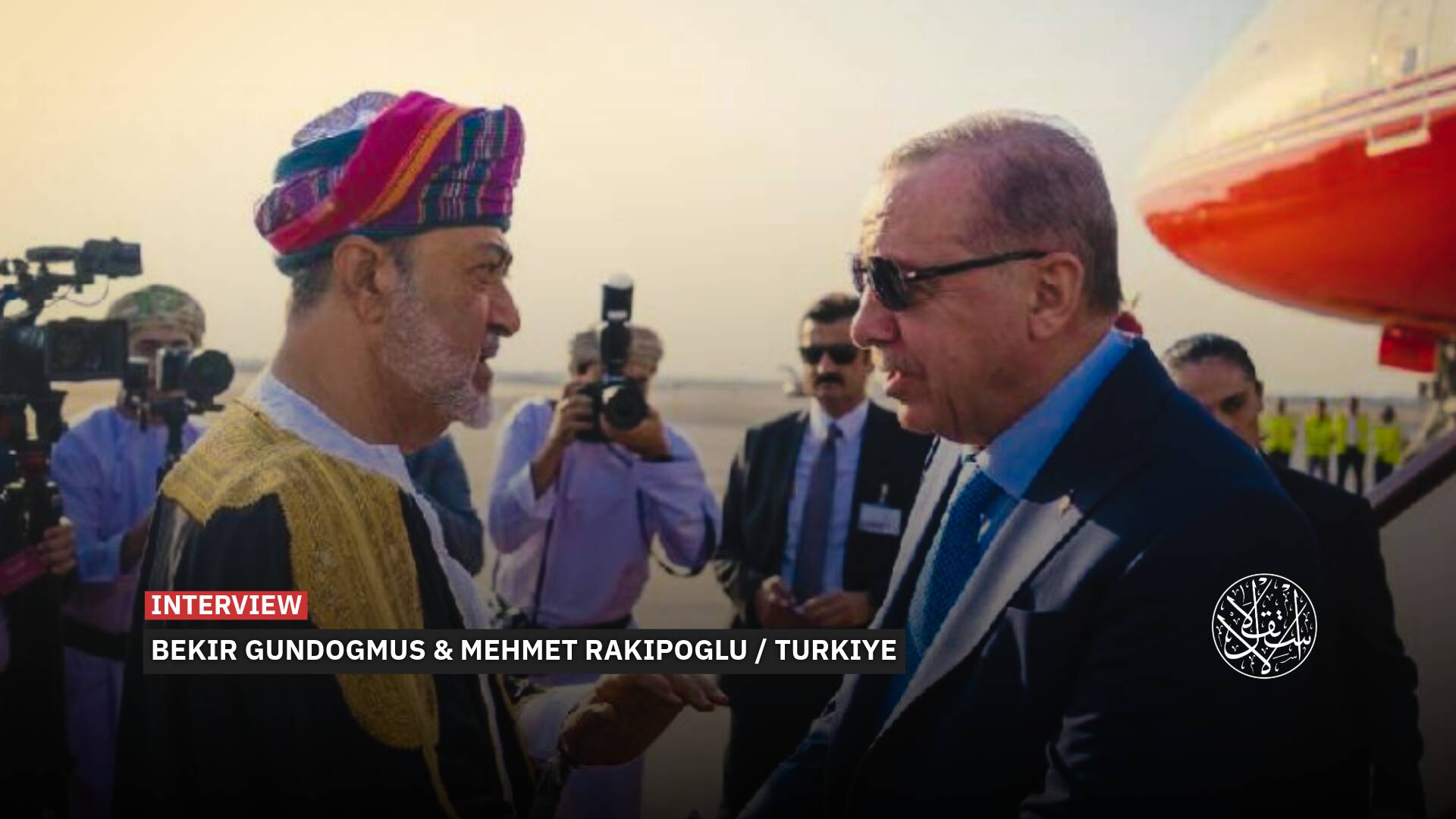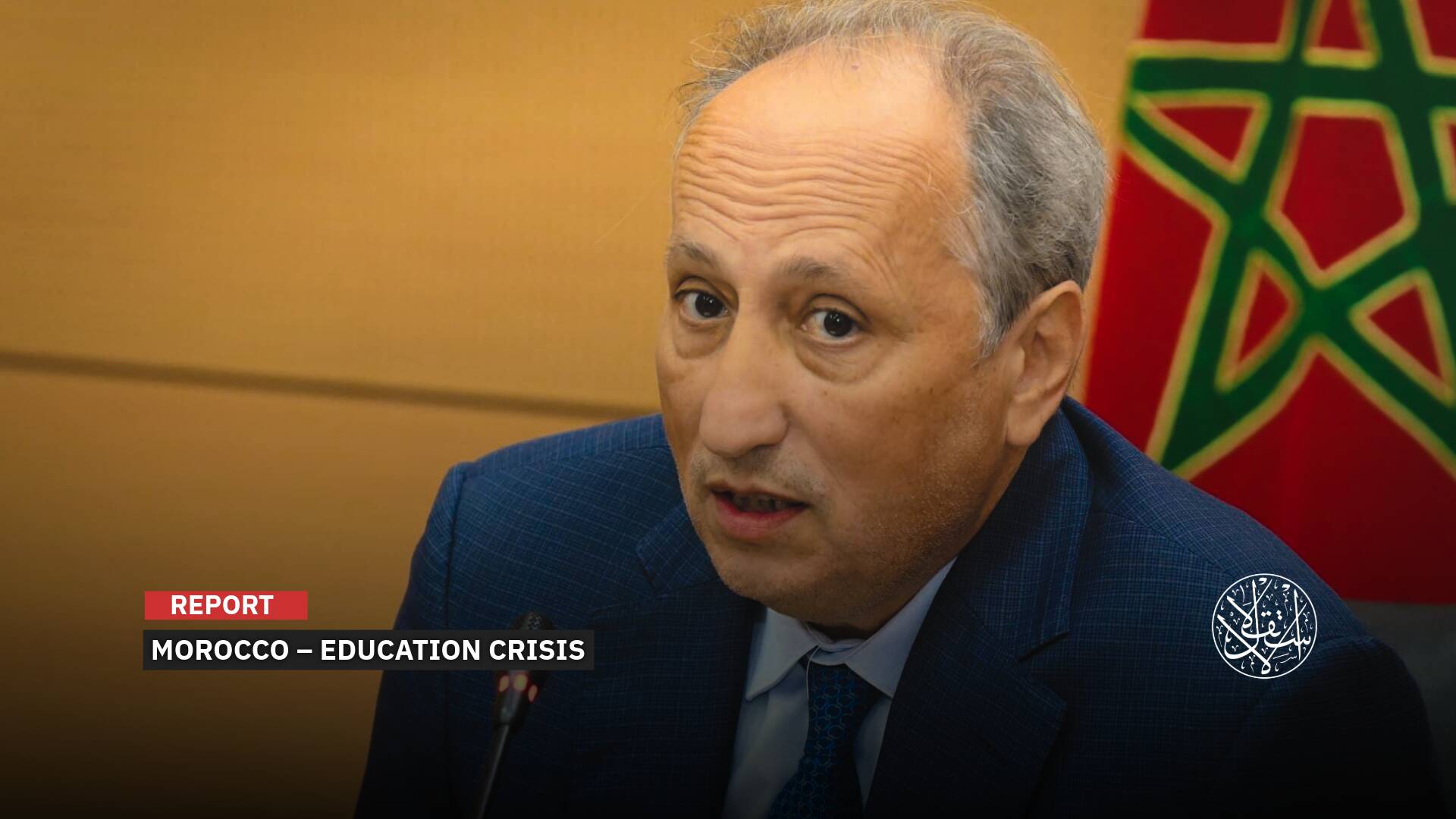In Light of Israeli Threats to Strike, How Does Iran Protect Its Nuclear Facilities?

The Revolutionary Guard and its affiliated intelligence apparatus established The Nuclear Protection Corps unit.
Amid escalating tensions between Iran and "Israel," Iranian nuclear facilities are under scrutiny, particularly amidst fears of direct targeting if tensions escalate further in the Middle East.
The explosions on April 19, 2024, resulting from Israeli airstrikes near a military base in Qahjaverestan between Isfahan province and its airport in central Iran, have raised international alarms urging for Iranian nuclear facilities to be kept out of military conflicts.
During the attack, Iran's air defense system successfully intercepted "several" drones, according to U.S. media reports citing officials, as "Israel" retaliated against Iran's unprecedented attack on April 13.
While Tehran appears inclined to de-escalate, noting the attack was missile-free, it emphasized the nuclear facilities were "safe."
Children's 'Toy'
Iranian Foreign Minister Hossein Amir-Abdollahian downplayed the significance of Israeli Occupation's attack on Isfahan, likening it to "child's toy," stating there would be no retaliatory Iranian response unless Tehran's "interests" were targeted, referring to vital facilities including nuclear ones.
Conversely, the International Atomic Energy Agency, based in Vienna, reiterated through X on April 20, its call for "maximum restraint" while emphasizing the imperative not to target any nuclear facilities during military conflicts.
Despite "Israel" possessing nuclear weapons, it accuses, along with Western nations, Iran of seeking nuclear arms, a claim Tehran consistently denies, asserting the peaceful nature of its nuclear program.
"Israel" staunchly opposes the Iranian nuclear deal with the U.S. and the West, signed in 2015 and withdrawn by former U.S. President Donald Trump in 2018, with attempts since then to revive it through indirect negotiations between Washington and Tehran.
Iran has previously criticized the International Atomic Energy Agency and Western countries, especially the U.S. and the European Union, for not condemning attacks on its nuclear activities, such as sabotage operations at facilities or assassinations of scientists in the field.
"Israel" often asserts that Iran's nuclear program has "crossed all red lines" and vows to prevent Tehran "from acquiring a nuclear weapon."
Nuclear Facilities
The most assertive move prior to the Israeli targeting of Isfahan was Iran's closure of its nuclear facilities "for security reasons" on the day it launched missiles and drones at "Israel" on April 13, a preemptive step revealing Iran's fear that Israeli Occupation's eye would not stray from those facilities.
Iran's nuclear facilities are concentrated in the country's heartland, particularly in Isfahan, Natanz, Fordow, and the coastal city of Bushehr, home to Iran's sole operational nuclear power plant, which began operations with Russian assistance in 2011.
Iran is also constructing a 300-megawatt power plant in Khuzestan Province near the western border with Iraq.
Isfahan is home to several key military facilities, including nuclear ones, housing the Natanz facility or the "Martyr Mostafa Ahmadi Roshan facility," named after the Iranian nuclear scientist assassinated by "Israel" in 2012, which is crucial in Iran's uranium enrichment.
The facility, whose construction began in 1999, operates three small research reactors provided by China, in addition to fuel production and other activities for Iran's civilian nuclear program.
It hosts the largest number of centrifuge machines used in enrichment, with a capacity to operate 54,000 centrifuge machines.
The Natanz nuclear complex is vital for Iran's nuclear program and is subject to stringent security measures.

The fortified underground Fordow nuclear facility, located near the city of Qom in central Iran, about 180 kilometers south of Tehran, stands as one of the most important uranium enrichment centers, remaining undisclosed for a considerable period among Iran's unpermitted nuclear sites.
Enrichment activities at Fordow ceased under the 2015 agreement. However, in January 2021, Iran declared its resumption and started producing 20% enriched uranium.
The Karaj facility for centrifuge manufacturing, west of Tehran, specializes in producing centrifuge machines used in uranium enrichment.
In Iran, there is the Arak reactor, with Tehran initiating construction of a heavy water production facility in Arak City, central Iran, since 1996.
This was officially announced by Tehran to commence production on August 28, 2006, following the opposition's revelation of this facility in 2002 for the first time.
The Arak reactor raises Western concerns as it could enable Iran to produce plutonium, used in making atomic bombs.
In the Bushehr Province, western Iran, lies the country's only civil nuclear reactor.
The Bushehr reactor is a nuclear power generation station. Iran's nuclear program began in 1974 with German assistance. However, after the so-called "Islamic Revolution" in 1979, the project was canceled, and work only resumed in 1992 when Tehran signed an agreement with Russia to restart work on the Bushehr plant, which includes two water reactors.
The Russians completed the construction of the Bushehr plant on the Gulf coast, producing one thousand megawatts, officially handed over to Iranians in September 2013.
Iran aims to build 20 additional plants, four of which are planned in Bushehr.
According to the National Council of Resistance of Iran, Iran has a secret site for its nuclear program with the code "012" located near the major city of Mobarakeh in the eponymous province in central Iran, indicating that this site "was built with utmost secrecy and concealed within a vast military base."
At the Parchin Military Complex near Tehran, the International Atomic Energy Agency suspects an unregistered nuclear facility that may be used for simulation operations of fissile explosions.
Starting from February 2021, Iran restricted the work of inspectors from the International Atomic Energy Agency due to ongoing U.S. sanctions imposed since Washington's unilateral withdrawal from the nuclear agreement in 2018.

Under this restriction, Iran retains records of monitoring equipment and cameras placed in nuclear facilities, which it will only hand over to the agency if U.S. sanctions are lifted, according to its officials' statements.
Fortifications and Intelligence
Israel has previously succeeded in targeting or planning to strike Iranian nuclear facilities, while Tehran has thwarted "hostile schemes" against these facilities before they occur.
Iran has accused "Israel" of involvement in sabotage operations against its nuclear facilities, including a facility in Karaj, west of Tehran, for manufacturing centrifuge devices in June 2021, and the Natanz facility for uranium enrichment in central Iran in April of the same year.
Iran also announced its security forces thwarted an attempt to sabotage the fortified Fordow nuclear facility inside the mountains in central Iran in mid-March 2022 after detaining a "network" linked to "Israel" planning for it, according to The Islamic Republic News Agency (IRNA), the official news agency of the Islamic Republic of Iran.
U.S. and Israeli intelligence agencies affirm that Iran has established numerous heavily fortified nuclear facilities underground and in remote, misleading areas, making it impossible for Israeli or American air forces to strike all of these facilities.
These facilities are surrounded by strong air defenses consisting of anti-aircraft missiles and ground-to-air missile batteries. They are also subject to strict protection by the Iranian Revolutionary Guard.
The Iranian Revolutionary Guard and its affiliated intelligence apparatus have established a unit named the "Nuclear Protection Corps" tasked with protecting the country's nuclear facilities and tracking observers or planners of any actions that could lead to their targeting.
This unit remained secret until the Revolutionary Guard revealed it for the first time in mid-March 2022 when they detained a "network linked to Israel" attempting to sabotage the Fordow facility, according to IRNA.
According to the same agency, protection of nuclear facilities has been entrusted to the Revolutionary Guard, and the term "Revolutionary Guard Nuclear Command" was used, indicating Tehran's recognition of significant military capabilities to protect these facilities specifically.
The head of Iran's Civil Defense Organization, Brigadier General Gholamreza Jalali, revealed the existence of a "Unified Defense Security Command" established in mid-2021 "following sabotage acts" targeting nuclear facilities.
Jalali affirmed that this unified command would completely address previous vulnerabilities and ensure that the group of nuclear facilities is immune to sabotage operations.
According to the Associated Press, nuclear facilities are equipped with anti-aircraft battery protection, fencing, and quasi-military Iranian Revolutionary Guard.

The key point in the protection process provided by Iran for its nuclear facilities is that all of them, especially the well-known ones like Natanz and Fordow for enrichment, and Arak reactor for heavy water, are located near military bases to protect them from any aerial attack.
Experts affirm that these bases are equipped with air defense systems, assigning them a dual role in providing highly accurate protection for the nuclear facilities.
Iran possesses the Bavar-373 missile system, domestically manufactured, with the capability to detect targets over 400 kilometers away.
It also has the S-300 system, of Soviet origin, equipped with radars capable of detecting targets up to 350 kilometers away, while intercepting missiles up to a range of 200 kilometers; also, the Arman system which is capable of intercepting missiles within an estimated range of 120 to 180 kilometers.
In addition to possessing medium and short-range air defense systems, Iran is reported to have all of them deployed for intercepting attacks, according to experts.
It's worth noting that Iran has "cut 99% of the way" by reaching a 60% enrichment rate, according to experts' opinions.
A 60% enrichment rate would enable Iran to quickly transition to 90% and above, the rates required for using this raw material for military purposes.
However, even if Iran manages to gather enough materials to make a bomb, Tehran would need to convert and assemble it with explosives and other components, as stated by Eric Brewer, a nuclear proliferation specialist at the Center for Strategic and International Studies.
Afterward, there are additional necessary stages to adapt the weapon onto a missile and operate it correctly.
There is suspicion that Iran is seeking to possess atomic weapons under the cover of its civilian nuclear program.
Sources
- The Iranian Revolutionary Guard is officially responsible for protecting nuclear facilities [Arabic]
- How does the Iranian air defense system confront attacking targets? [Arabic]
- What do we know about the Natanz nuclear facility, whose safety has been confirmed by Iranian officials? [Arabic]
- Khamenei approves agreements that do not affect the “nuclear infrastructure” [Arabic]


